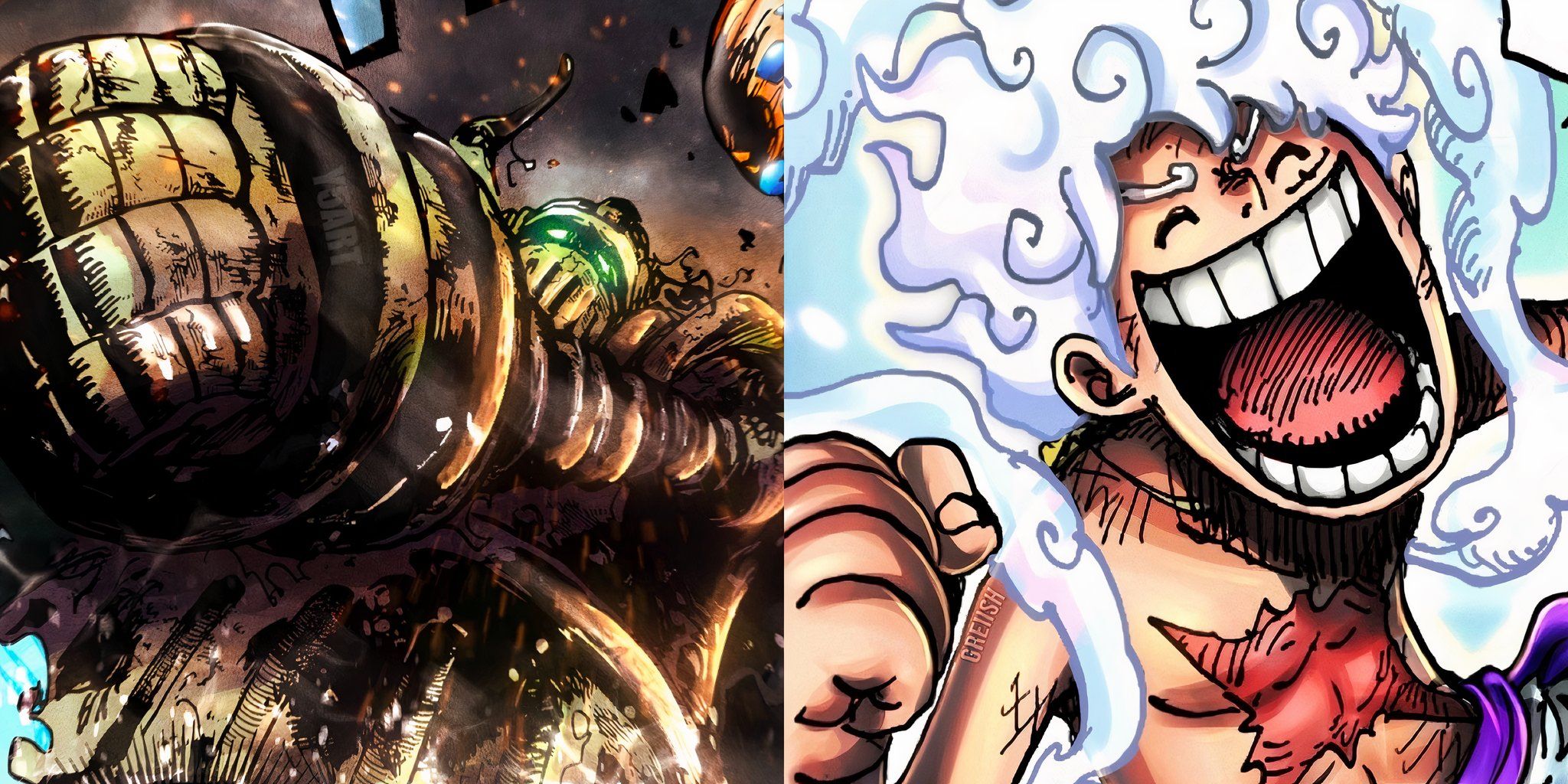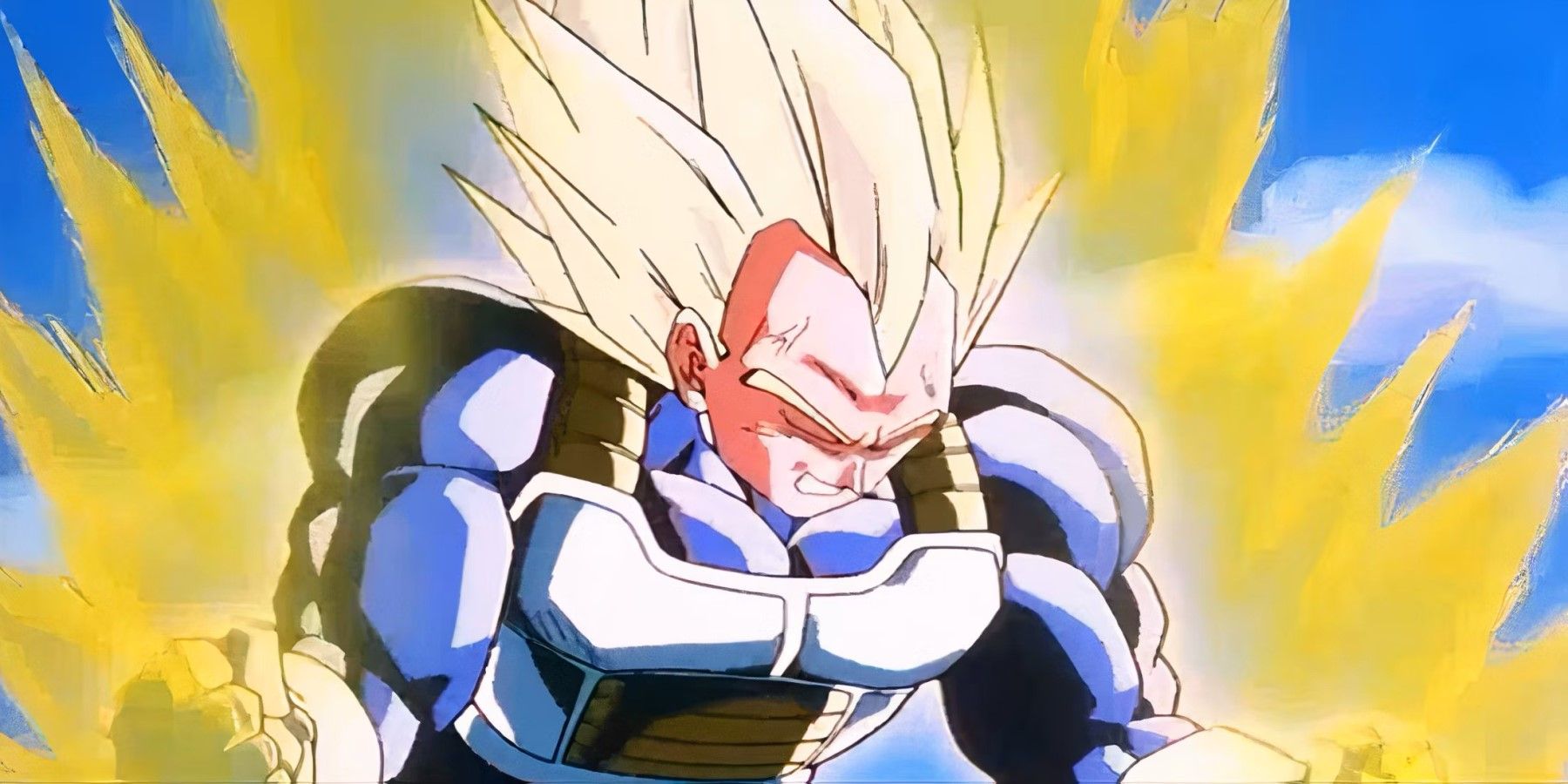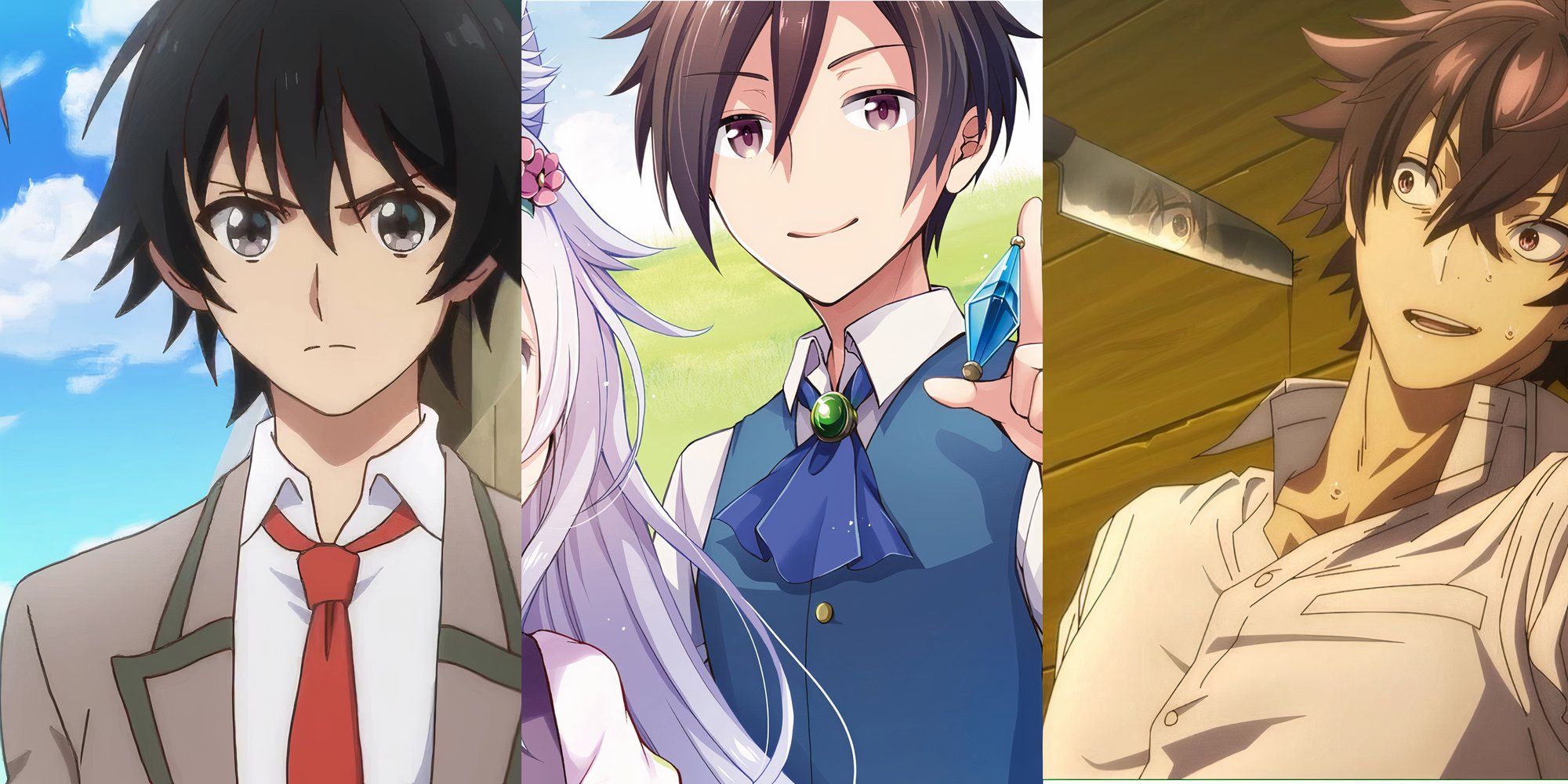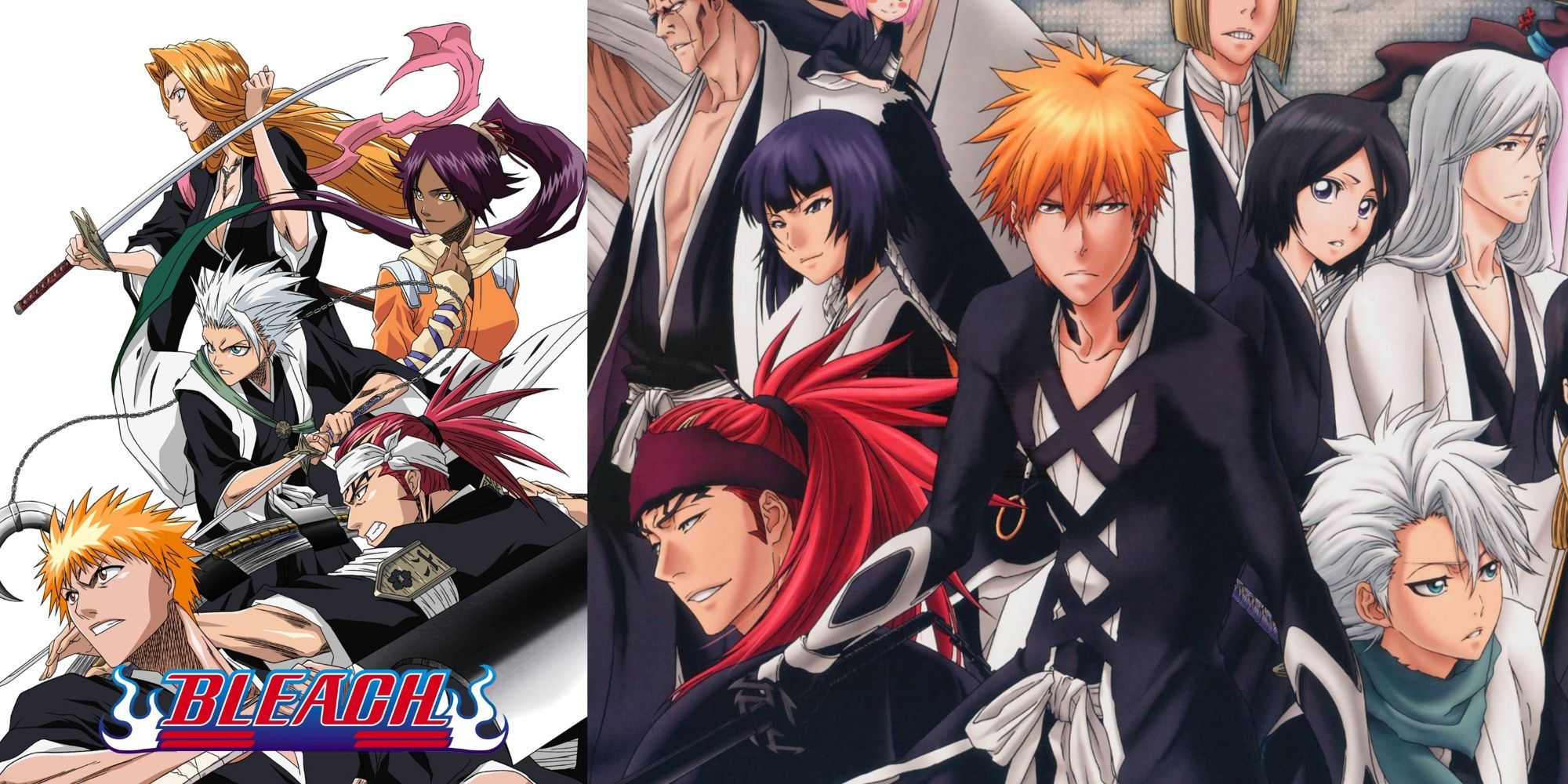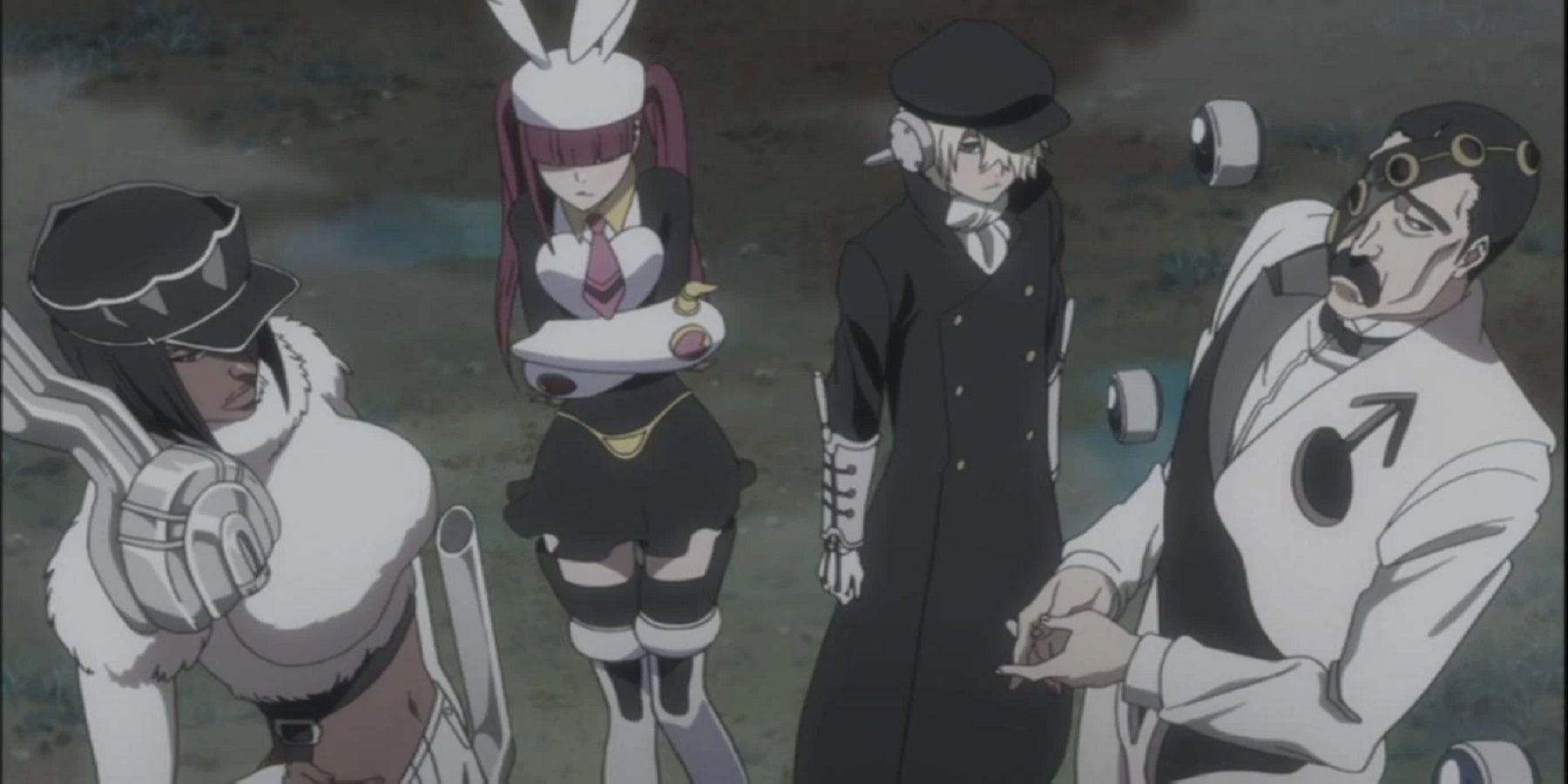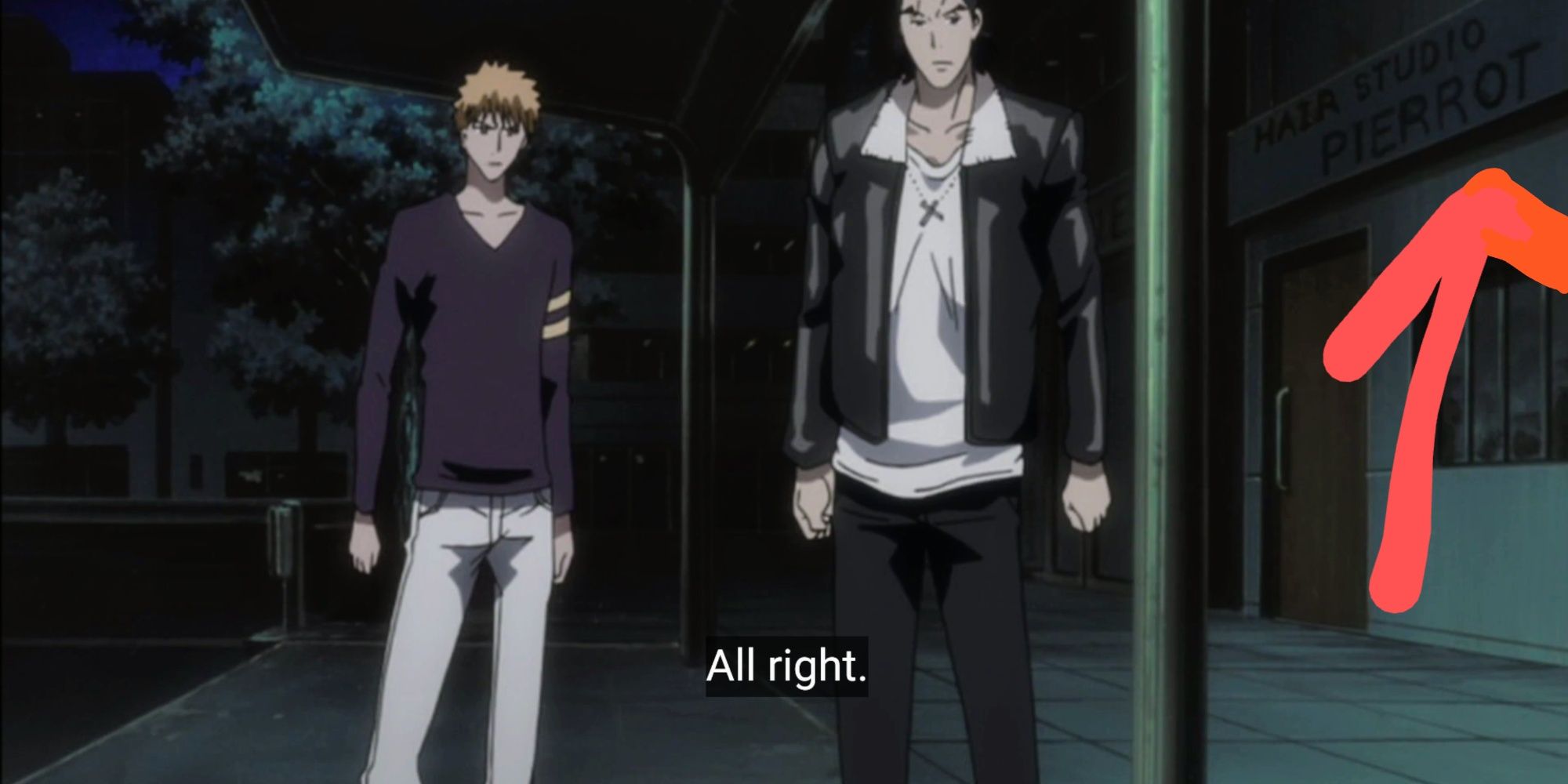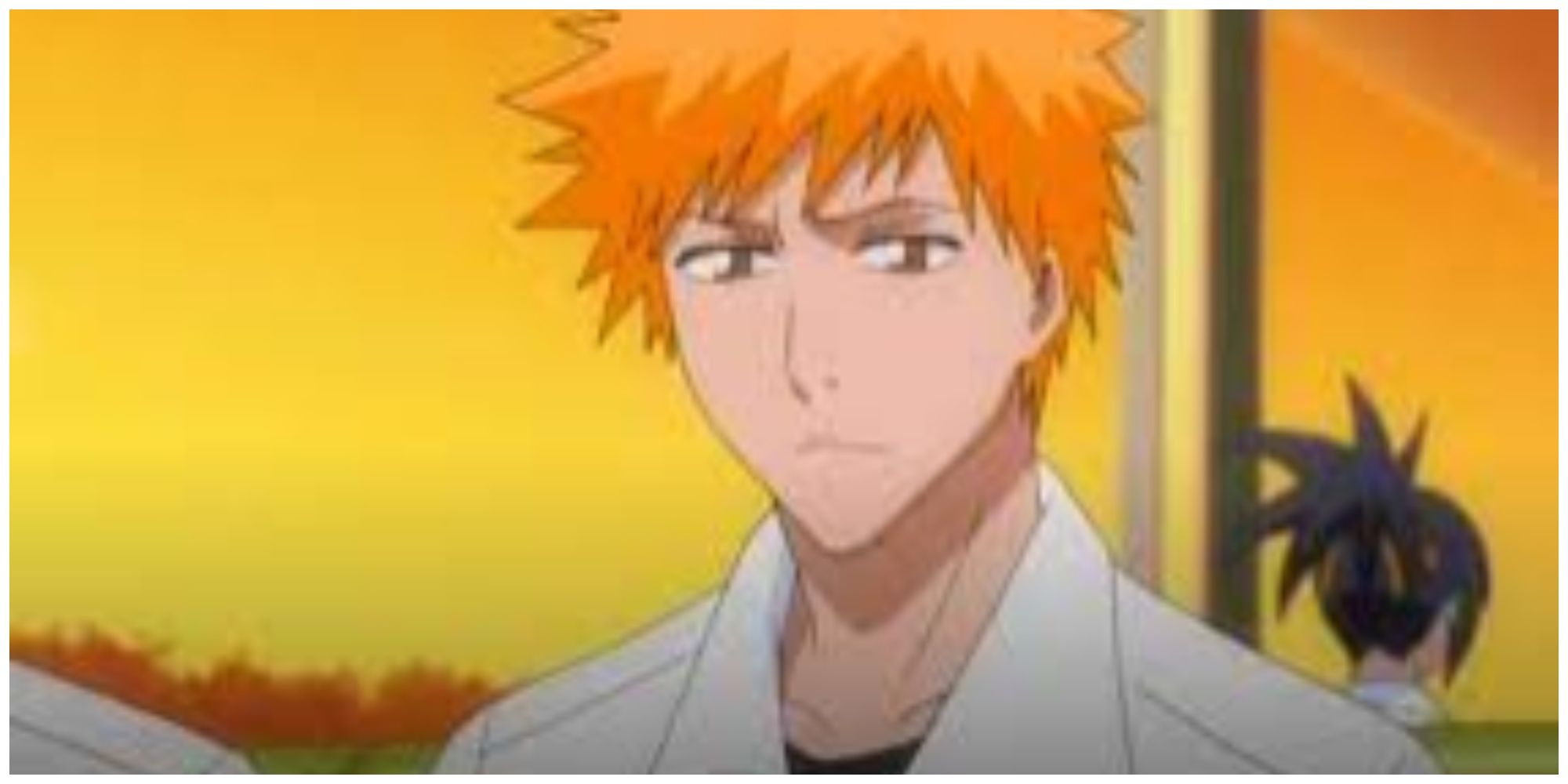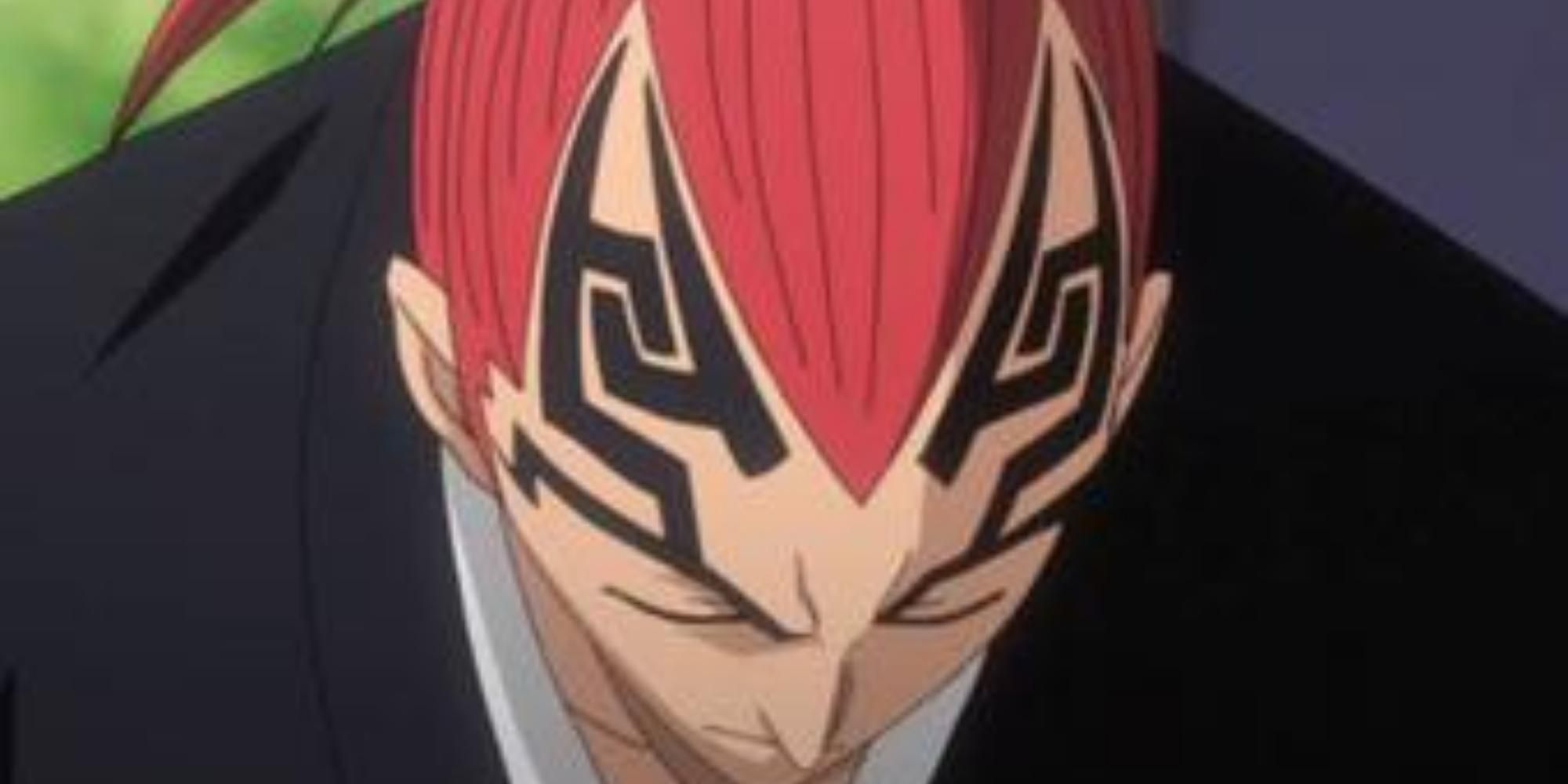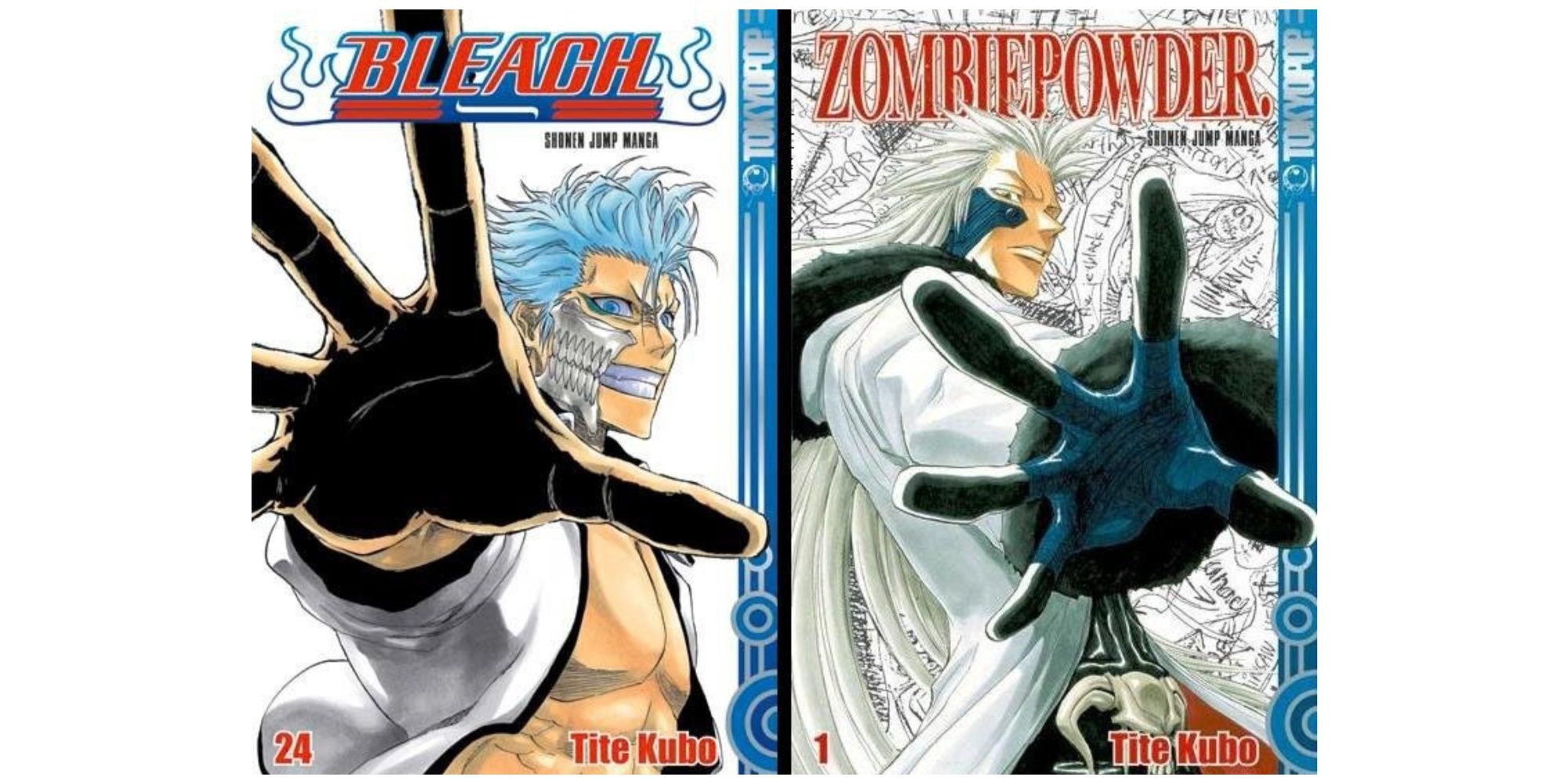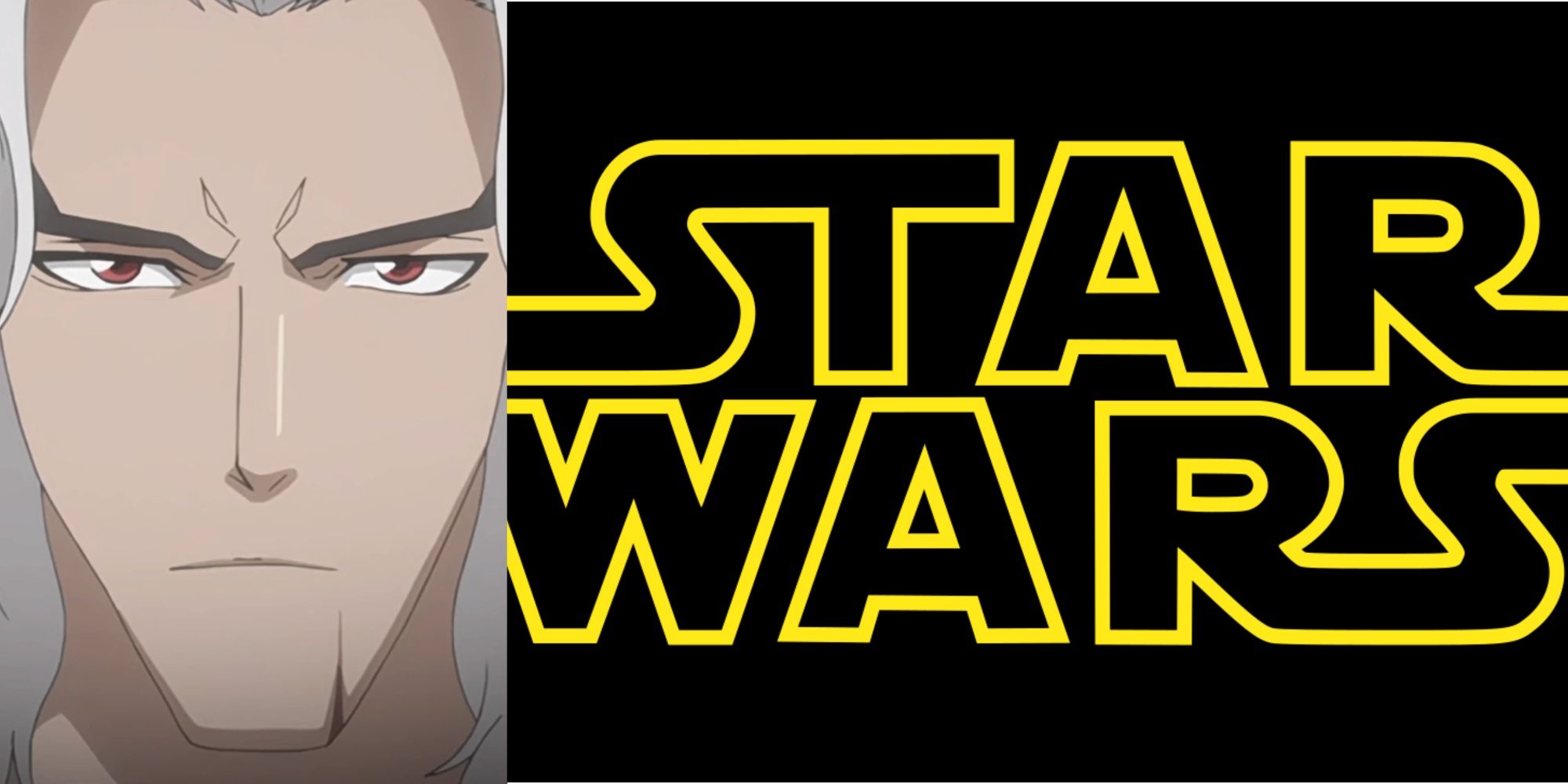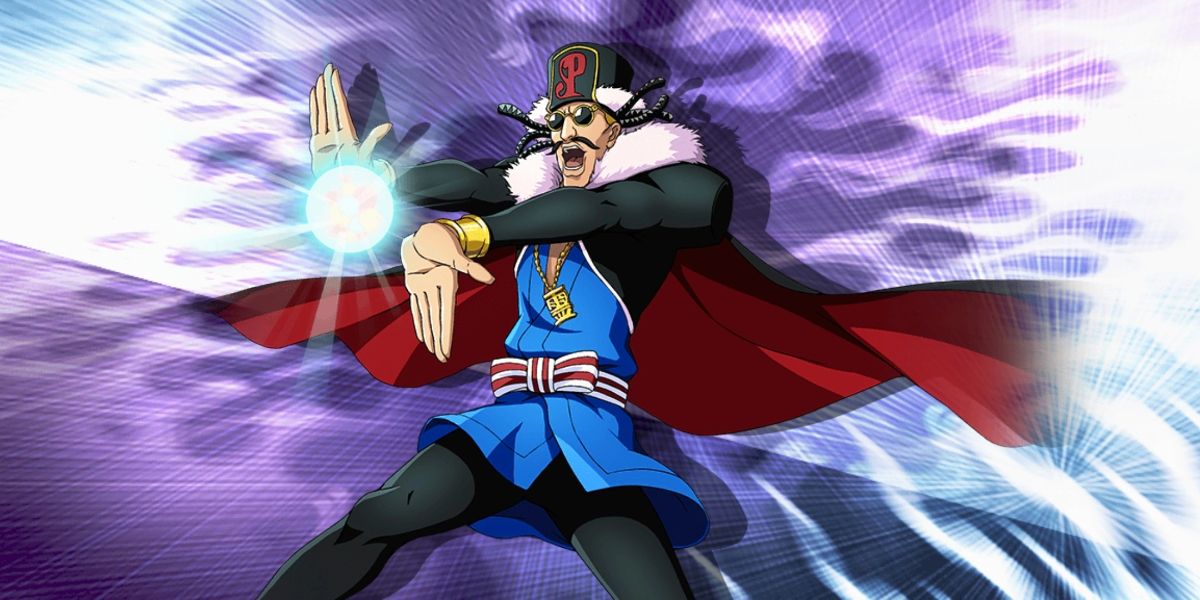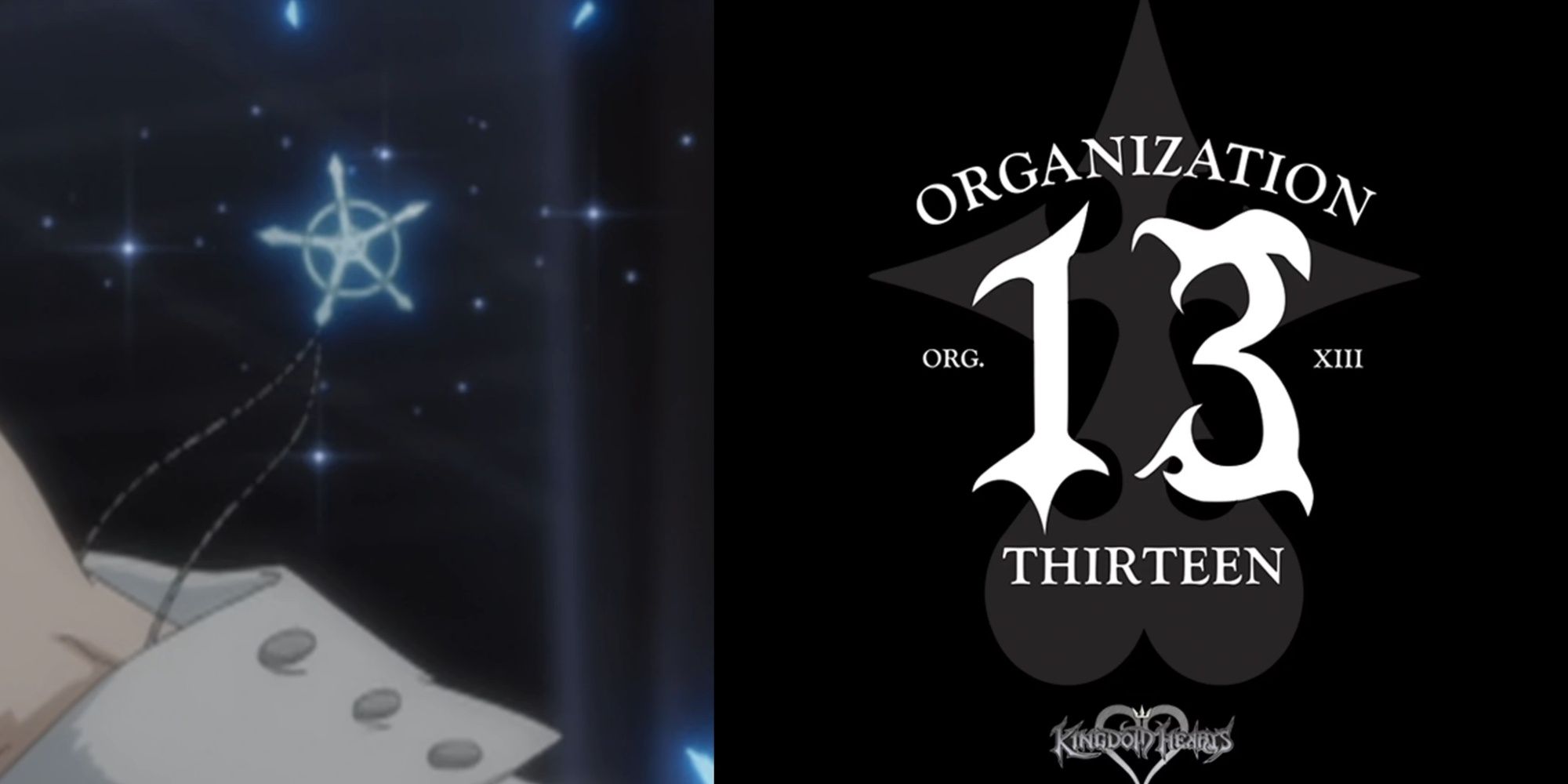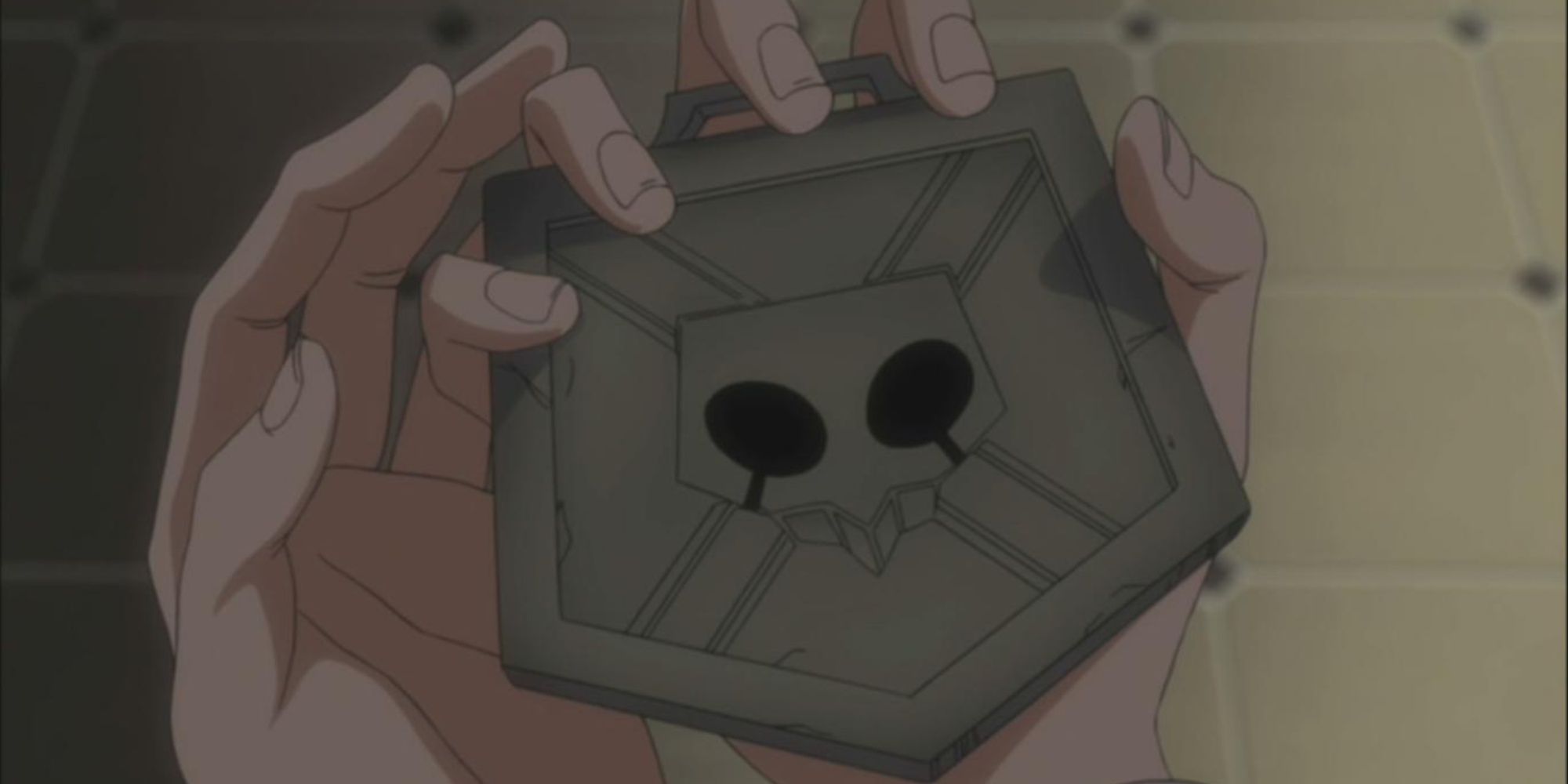Bleach, a popular anime and manga series, is full of unique Easter eggs that capture fans' attention. The series, created by Tite Kubo, masterfully blends hidden references, subtle homages, and fun nods to numerous parts of pop culture. These Easter eggs can take the form of secret symbols, covert character cameos, or subtle references to other anime and manga series.
Bleach builds a sense of community among its devoted fan base by rewarding observant viewers with these delightful surprises. Exploring the depths of the Bleach universe to find these hidden jewels allows fans to enjoy the series' originality and attention to detail that has made it a fan favorite for so long.
10 Kenpachi's Name Origin
Kenpachi Zaraki's name is an intriguing reference to two unique sources. "Kenpachi" pays homage to the iconic manga and anime character Kenshiro from Fist of the North Star, who is famed for his exceptional martial prowess and catchphrase "You are already dead." Meanwhile, "Zaraki" pays tribute to the famed Japanese serial killer Tsutomu Miyazaki, dubbed "The Otaku Murderer."
By fusing these elements, Tite Kubo created a character in Bleach who possesses both great strength and an unsettling aura, producing a distinct and distinctive figure. The origin of Kenpachi's name lends complexity to his enigmatic image, engaging fans and provoking discussions about his origins.
9 Fullbringer Names
The Fullbringer names in Bleach give the Lost Agent Arc a fun touch. The Fullbringers' names, such as Ginjo Kugo and Tsukishima Shukuro, are based on famous vehicles and automobile-related words. Ginjo Kugo, for example, is named after the Honda Ginjo concept car, while Tsukishima Shukuro is named after the Shukuro Tsukishima Bridge in Tokyo.
This ingenious use of automotive metaphors injects a sense of originality and fun into the narrative, rewarding fans who adore discovering the hidden treasures in Bleach. It demonstrates Tite Kubo's inventiveness in incorporating numerous influences into his work.
8 Pierrot Studios Sign
Pierrot Studios' sign is a meta-reference to the anime's production company. A sign with the text "PIERROT" appears in Episode 227, during the Gotei 13 Invading Army Arc, as an homage to Studio Pierrot, the animation studio responsible for adapting Bleach into an anime.
This smart feature recognizes the studio's efforts and dedication to bringing the manga to life on the screen. This Easter egg is a nice present for fans, displaying Tite Kubo's gratitude for the crew who helped bring his work to a broader audience.
7 Senna Cameo
Senna's presence in Episode 204 is a pleasant Easter egg for fans of the Bleach: Memories of Nobody film. Senna, a film-exclusive character, makes a brief appearance during the anime's Bount Arc. This small homage to the film's storyline adds a hint of coherence between the anime and its cinematic counterpart.
Senna's appearance is a treat for fans of the film, and it gives a sense of interconnectedness in the Bleach universe. Tite Kubo's inclusion of this Easter egg demonstrates his love for the film as well as his commitment to the series' broader narrative.
6 Renji's Tattoo
Renji Abarai's forehead tattoo in Bleach has cultural significance and adds depth to his character. Renji's tattoo references the traditional Japanese mask Tengu, which in Japanese legend signifies mischievous and magical spirits. Tengu are well-known for their transforming powers and connection to martial arts.
Tite Kubo's use of this tattoo not only respects Japanese cultural traditions, but also quietly alludes at Renji's development as a character and his link to spiritual energies. It demonstrates Kubo's careful inclusion of traditional symbols into the setting of Bleach.
5 Bleach & Zombie Powder Connection
The Easter egg linking Bleach and Zombie Powder emphasizes Tite Kubo's artistic continuity across his works. In the beginning of Bleach, there is a poster offering Zombie Powder in Karakura Town. Kubo had worked on the manga series Zombie Powder before Bleach.
This allusion to his prior work not only serves as a nod to his earlier days, but also gives a sense of interconnectedness between the two series, allowing fans to understand Kubo's shared universe. It's a lovely gift for readers who are aware of Kubo's artistic progress and the legacy of his storytelling.
4 Star Wars Homage
The Star Wars Easter egg in Bleach adds an exciting touch of pop culture to the series. During the Bount Arc in Episode 84, Kariya's spiritual pressure resembles the sinister breathing of Darth Vader, a distinctive feature of the renowned Star Wars villain.
Tite Kubo's passion for the sci-fi genre is evident in this subtle homage, which effectively blends its spirit into the universe of Bleach.This link thrills fans of both Bleach and Star Wars, demonstrating Kubo's ability to infuse his work with fun allusions to other great media while remaining true to his own engaging universe.
3 Don Kanonji's Catchphrase
Don Kanonji's catchphrase injects some levity and brilliant wordplay into the narrative. Don Kanonji, a dynamic and quirky spirit medium, frequently screams "kan-paku-nii!" (Japanese for "it's in my sights"). This catchphrase, however, is also a clever wordplay, as it sounds similar to "Gankutsuou," a reference to The Count of Monte Cristo.
This connection exemplifies Tite Kubo's ingenuity in weaving tributes to classic literature throughout the anime's dialogue, bringing a smile to attentive viewers who appreciate the series' writing depth.
2 The Quincy Logo
The Quincy logo in Bleach is significant in the series' mythology. The Quincy insignia, a cross with a four-pointed star, is prominently displayed on Uryu Ishida's glove, representing his Quincy ancestry. This insignia, however, contains a slight resemblance to the mythical Organization XIII's emblem from the video game Kingdom Hearts.
Tite Kubo's inclusion of this Easter egg demonstrates his appreciation for other popular media and the interaction of several influences in his storytelling. This smart connection heightens fans' interest and enjoyment, enhancing the world of Bleach beyond its manga roots.
1 Ichigo's Badge
Ichigo's emblem, which appears prominently in Bleach, is another sly nod to Tite Kubo's previous manga, Zombie Powder. When Ichigo receives his alternative Soul Reaper badge from Rukia in the first episode, it has a stylized skull insignia. This insignia is inspired by the Skull Symbol from Zombie Powder.
This Easter egg ties the two series together, recognizing Kubo's prior work while also providing depth to the universe of Bleach. It's a creative touch that satisfies fans while also demonstrating Kubo's attention to detail.

